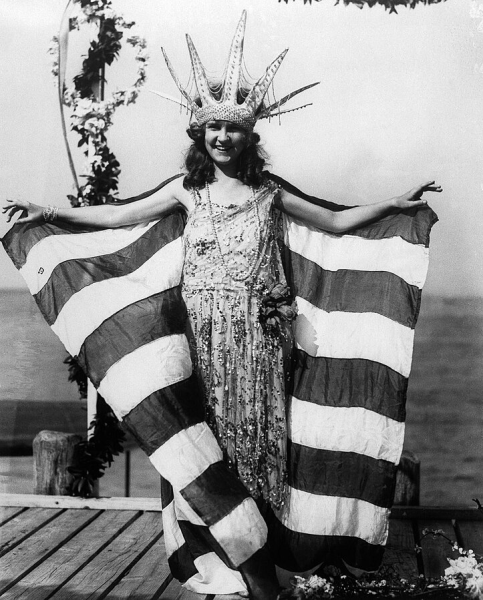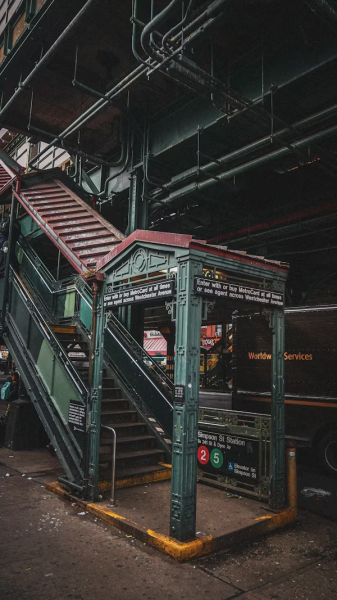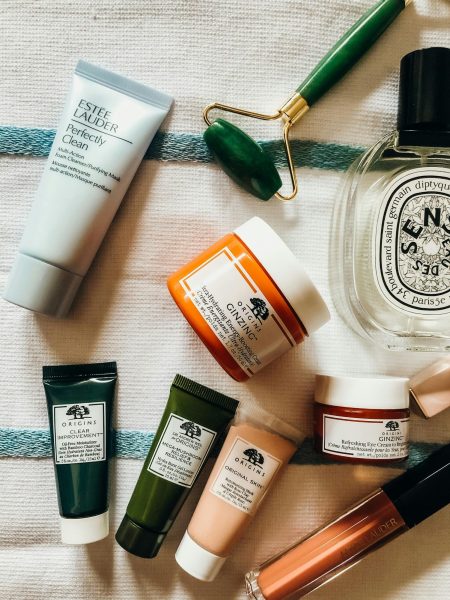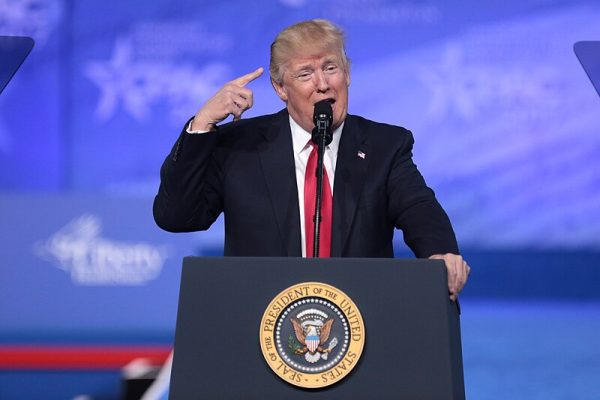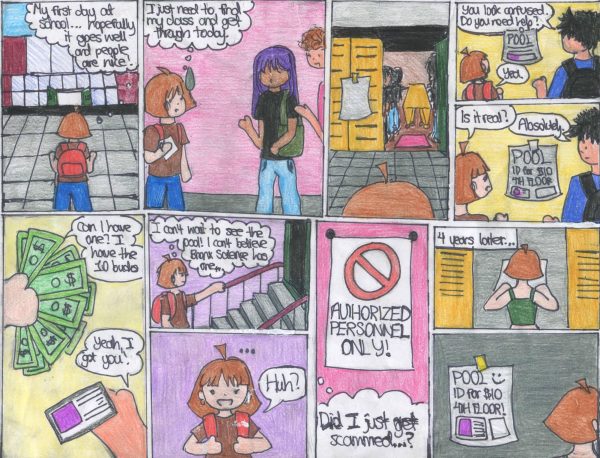The Dress Code Controversy
Daniela Noelle Alavazo ‘20 shares her opinions regarding school dress codes nationwide.
On a typical school day, Brooklyn Latin student, Rachel Huang ’20, wears a purple-and-gold striped tie, a white button-up, flats with black socks, and a khaki skirt as part of her school uniform. The Brooklyn Latin School is the only New York City specialized high school that requires its students to wear uniforms. According to their school website, a dress code is strictly enforced to “foster a learning community free of distraction, and to better capture the disciplined culture that has been so crucial to the success of The Boston Latin School.”
“It’s always nice to come to school in what I want to wear; it helps me to stay confident throughout the day,” said Daniela Noelle Alavazo ‘20.
Meanwhile, at Bronx Science, the dress code is more flexible. This lack of strict clothing regulations promotes individuality and enables students to express themselves freely and creatively without having to worry about suffering consequences due to a violation of a rule.
Walk through the halls of Bronx Science, and you will notice a variety of distinctive clothing and accessories, all of which contribute to students’ sense of self-appreciation and comfort. The way people dress is a reflection of their personality.
“I find that, for most people, dressing up helps with identity issues like self-esteem and confidence,” said Daniela Noelle Alavazo ‘20. “It’s always nice to come to school in what I want to wear; it helps me to stay confident throughout the day.”
According to the Bronx Science Rules & Regulation Handbook (published in the Student Planner and online), “Students are expected to dress appropriately, modestly, and in good taste. It is the obligation of all students to maintain their personal appearance in a manner that reflects well on themselves and on the school community.” The dress code policy continues by addressing the basic guidelines that should be followed.
“Students already understand how to dress, and should not have a school tell them how to,” added Alavazo. In other words, the ‘appropriate’ way to dress should be what people find the most comfort in while being able to express their individuality. However, this is also subjective, because everyone is exposed to different environments and expectations growing up.
In recent years, the debate on dress codes has proven controversial, especially in more conservative schools. Students have even signed petitions as a way to protest unfair school dress codes. In some cases, dress codes have been considered sexist, racist, and/or discriminative. “Dress code about shoulders is demeaning, humiliating, and misogynistic; a female shouldn’t have to cover up for the sole reason that a male said it was distracting,” said Huang.
Though strict dress codes are undesirable in the minds of most students, they can be advantageous in certain situations.
“Having a school uniform saves me time, since I already know what I’m going to wear tomorrow. It also promotes school unity and safety; faculty can recognize students in the case of an emergency,” commented Huang.
Additionally, school dress codes, specifically those that require uniforms, may be a way to promote school spirit. Students are all essentially wearing the clothing that represents the school, thus, establishing a sense of unity among the student body.
As of now, Bronx Science students should embrace their freedom to largely wear whatever they want, within reason. Our school’s lack of a strict dress code allows us to make decisions we believe are best for us.
Suzie Yu is a Online Newspaper Editor for the ‘Science Survey’ and an Athletics Section Reporter for ‘The Observatory.’ She finds journalistic...



